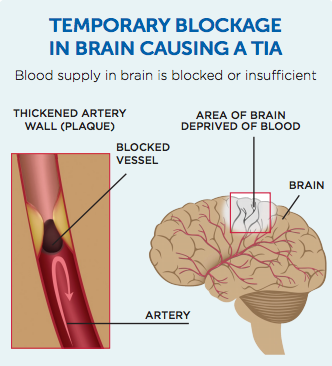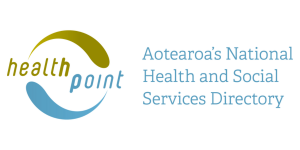The symptoms of a TIA are the same as those of a stroke, but unlike a stroke they only last for a few minutes or hours. It’s not possible to tell the difference at the beginning, so the best thing to do is act as if it is a stroke – call 111.
Like a stroke, the signs and symptoms of a TIA usually begin suddenly.
The main symptoms can be remembered with the word FAST: Face-Arms-Speech-Time.
- Face – has the face dropped on one side? Is one side of the smile droopy?
- Arms – can both arms be lifted about the head and kept there, or is one arm weak or numb?
- Speech – is speech slurred or garbled?
- Time – lost time is lost brain. Dial 111 immediately if you notice any of these signs or symptoms.
The video in English below shows the symptoms of a TIA or stroke. Know the signs of stroke. Think FAST: FACE drooping, ARM weakness, SPEECH difficulty, TAKE ACTION to call 111.'
Video: Know the signs of stroke – think FAST (English)
The video may take a few moments to load.
(Ministry of Health, NZ, 2018)
Video: Know the signs of stroke – think FAST (Te reo Māori)
The same video in te reo. Take action – he poto te wā. Waea tonu atu ki 111. Kia pai ai te whakaoranga o te tangata. This video may take a few moments to load.







